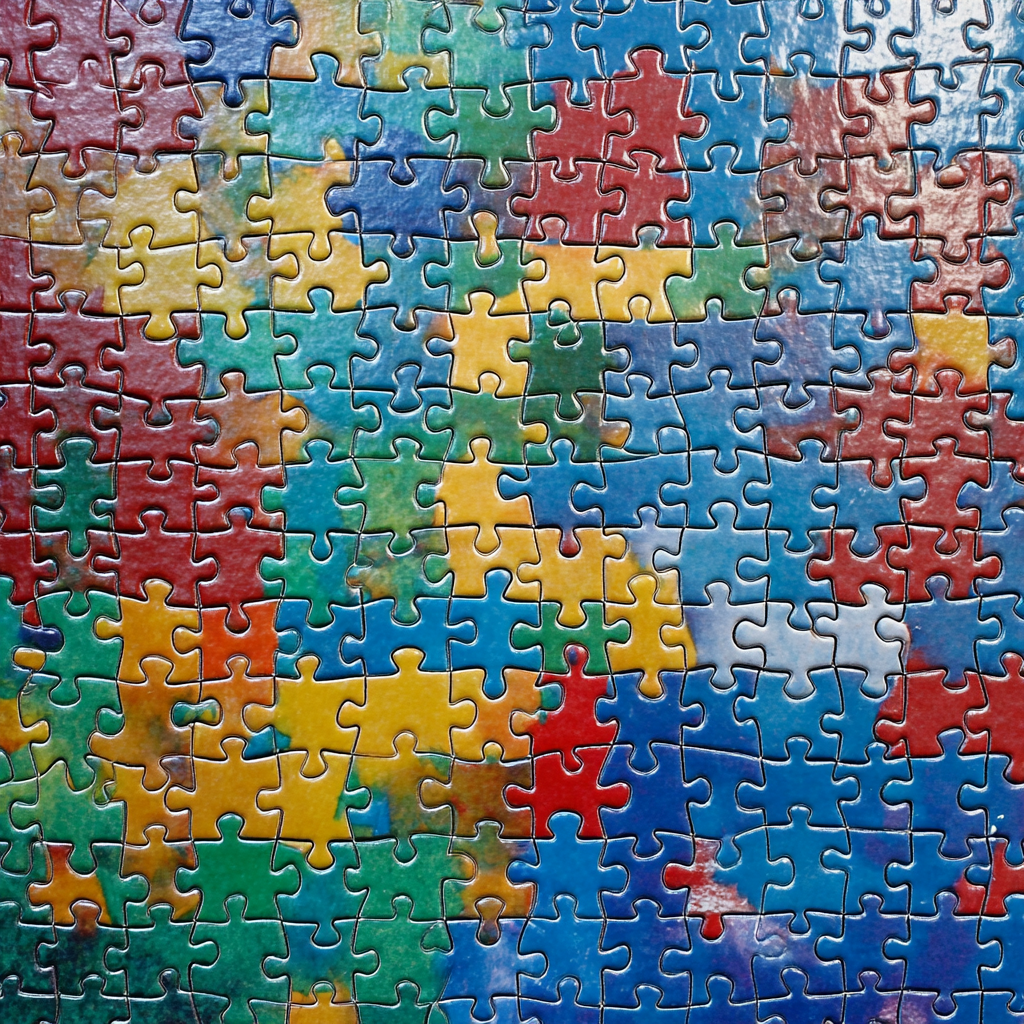Puzzle design is both an art and a science. Behind every captivating jigsaw or brain-teaser is a careful balance of creativity, visual appeal, and just the right level of challenge. Whether it’s a modern art masterpiece or a whimsical landscape, a well-designed puzzle draws solvers into an immersive experience that’s equal parts engaging and meditative. Let’s explore the intricate process of puzzle design and how it blends artistry with strategy to create memorable puzzling experiences.
1. The Role of Creativity in Puzzle Imagery
A puzzle’s image is its soul. Designers carefully select or create artwork that intrigues and delights solvers while providing enough variation to maintain interest throughout the process. Modern art puzzles, for example, often incorporate vibrant colors and abstract designs that encourage mindfulness and exploration.
These types of puzzles don’t just engage the brain—they also promote relaxation and balance, making them perfect for mindful puzzling. For more on how modern art influences puzzle-solving as a meditative practice, check out Modern Art Puzzles and Mindful Meditation: Finding Inner Balance.
2. Balancing Challenge and Accessibility
Designing a puzzle isn’t just about aesthetics—it’s about creating a rewarding challenge. Puzzle creators carefully consider:
- Piece Count and Size: Larger puzzles with more pieces naturally provide a greater challenge, while smaller, simpler designs are ideal for beginners.
- Cut Complexity: Intricate cuts with unique shapes or interlocking pieces can make puzzles more engaging, especially for seasoned solvers.
- Image Patterns: Repetitive patterns, gradients, or monochromatic sections test patience and persistence. Yet, too much repetition can frustrate solvers. Finding the right balance is key.
If you find yourself stuck on a particularly challenging design, don’t worry! There are plenty of strategies to help you get back on track. Read Stuck on a Puzzle? Don’t Panic—Here’s How to Get Unstuck for expert tips.
3. Incorporating Sustainability in Puzzle Design
As the world grows more eco-conscious, puzzle makers are exploring ways to reduce their environmental footprint. This includes using recycled cardboard, plant-based inks, and biodegradable packaging. Designers are also experimenting with innovative materials that retain quality while being planet-friendly.
The focus on sustainability is reshaping the puzzle industry, making it possible for solvers to enjoy their hobby guilt-free. Learn about these exciting developments in Sustainable Puzzling: Eco-Friendly Materials and Practices for the Future.
4. Designing for a Memorable Experience
A great puzzle is more than just a pretty picture—it’s an experience. Designers think about how the solver interacts with the puzzle from start to finish.
- Gradual Discovery: Puzzles with hidden details or surprises reward solvers as they progress, keeping the experience fresh.
- Tactile Enjoyment: High-quality materials and smooth cuts enhance the physical pleasure of puzzling, turning it into a sensory delight.
- Emotional Connection: Themes that evoke nostalgia, humor, or inspiration make puzzles resonate on a personal level.
Conclusion
Puzzle design is an intricate dance between creativity and challenge. By carefully selecting imagery, balancing difficulty, and incorporating sustainable practices, designers craft puzzles that offer solvers not just a pastime but an unforgettable journey. The next time you tackle a puzzle, take a moment to appreciate the thought and artistry behind it. After all, each piece you place is part of a carefully crafted masterpiece that bridges art, strategy, and joy.

